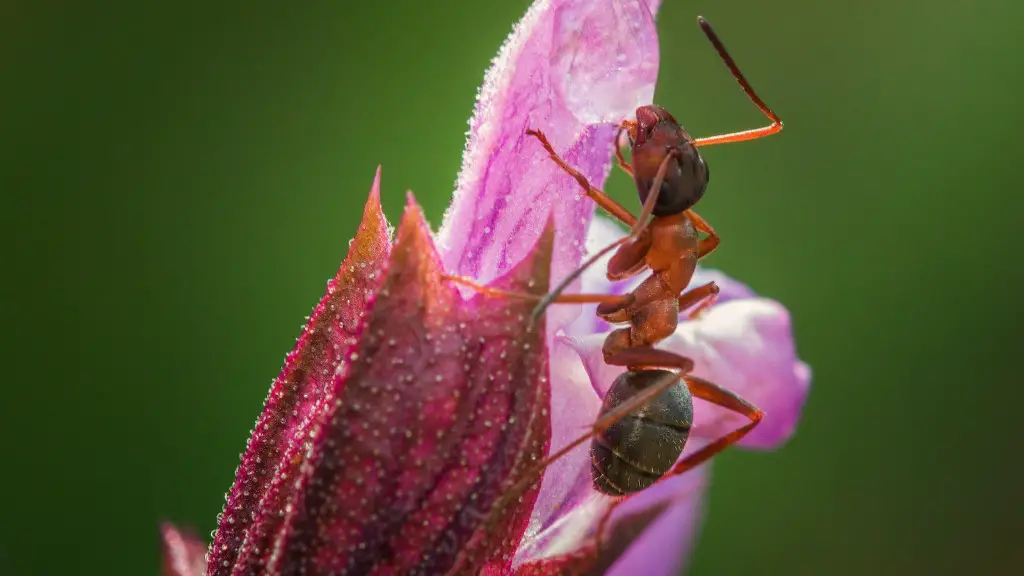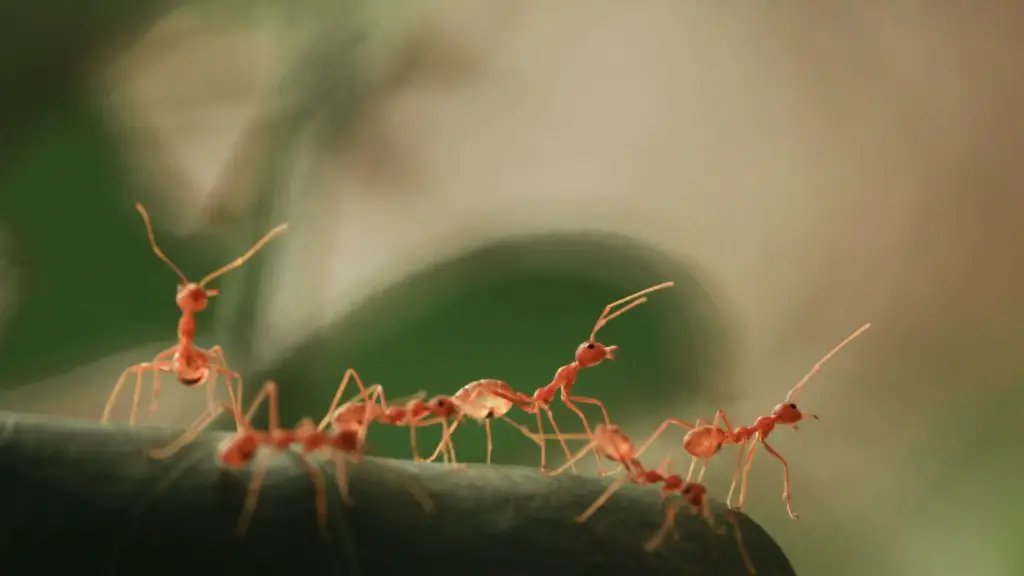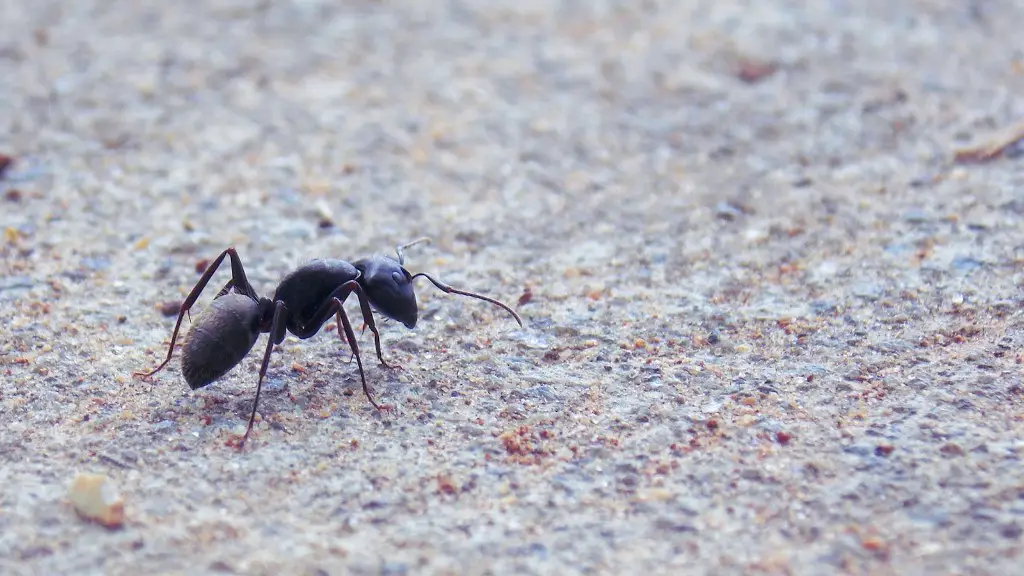Overview
Ants are one of the oldest and most successful species of insects on the planet. They have existed since the early Mesozoic period, over 145 million years ago. They are highly adaptable, intelligent and social creatures and are found in almost every environment except the extreme polar regions and the open ocean. The fossil record of ants indicates they evolved rapidly and have been a dominant force in the insect world since before the breakup of the supercontinent Pangea. In this article, we look at how and when ants first appeared and the unique adaptations that have enabled them to grow and thrive.
Fossil Record and Early History
The first documented ant species was Formica ichnusana, a ground-nesting species of ant which lived on the Iberian Peninsula during the late Cretaceous period. It was identified from a 65-million-year-old fossil, which is the oldest known ant specimen. After this discovery, several other fossils from the Mesozoic period were discovered and classified, indicating the presence of ants during this time. It is believed that ants began to diversify during the Cretaceous period, however, their evolutionary history is still largely unknown.
Adaptations
Ants have several unique traits that have enabled them to adapt, survive and thrive in many different environments. They communicate with each other using a system of chemical signals, known as pheromones. This allows them to detect food sources, predators and the presence of other ants. They also have the ability to work together in cooperative forms of work and live in highly organized colonies. Their bodies are covered in a hard exoskeleton which protects them from predators and the elements. This also gives them the ability to lift and move large pieces of food and debris.
Colony Formation
Ants form colonies which consist of large groups of ants living and working together. Each colony typically has a single queen ant and numerous workers or soldiers. The queen is responsible for laying eggs, while the workers and soldiers forage for food and defend the colony from predators. Each ant has a specific role to play and contributes to the colony in some way. This collective behavior and the ability to cooperate and organize have enabled ants to become one of the most successful species in the animal kingdom.
Global Distribution
Ants are found all over the world, in almost every kind of habitat, except very cold regions and the open ocean. They are especially successful in temperate regions, where they can exploit the resources of both the land and the sea. They can even thrive in heavily urbanized areas, where they can find food and shelter. There are currently over 12,000 species of ants and their global distribution is a testament to their adaptability and intelligence.
Predation and Impacts on Ecosystems
Ants are voracious predators and can have a huge impact on local wildlife populations. They are one of the main predators of small birds, reptiles, amphibians, insects and even other ant species. They can also compete with other species for food and resources, which can lead to a decrease in the diversity of local ecosystems. While their predatory behavior can have negative impacts, it can also be beneficial as they help to control insect populations and can act as seed dispersers.
Cultural Significance
Ants have been revered by different cultures around the world, particularly in areas with high ant abundance. Ancient cultures often saw them as being closely linked to the Earth and used them as symbols of fertility, strength and resilience. They are also closely associated with hard work, industry and success. Today, ants remain a popular figure in art, literature and film and continue to inspire awe and fascination in people of all ages.
Ant Wars
The practice of ant wars has long been a popular pastime in various countries, particularly in the Asian region. These can resemble miniature battles, where two ant colonies battle to the death. They can involve up to hundreds of ants, fighting for dominance over a particular area. The most skilled players can even train their ants to respond to their cues and perform complex strategies. Ant wars provide a unique insight into the intelligence and agility of ants and their ability to cooperate and work together.
Conclusion
Ants are highly successful and adaptable creatures that have existed on Earth for over 145 million years. They are found in almost every kind of environment, except the polar regions and the open ocean. They possess a wide range of unique adaptations, including chemical communication and the ability to organize and cooperate as a group. They are also significant figures in many cultures, due to their adaptability and resilience. Through their success and diversity, ants have proven themselves to be one of the most formidable species on the planet.


